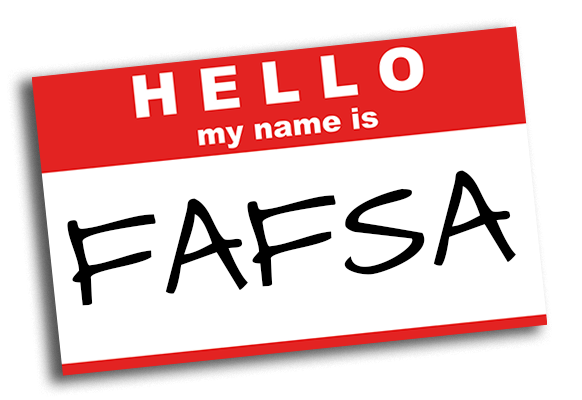In the world of Financial Aid (FA), there are three documents you must complete – CSS, FAFSA and IDOC. Unlike the CSS and IDOC, the FAFSA frequently proves to be a pitfall in the college admissions process.
The FAFSA, or the Free Application for Federal Student Aid, is something you must send to colleges if you’re applying for aid. If you’re not applying for FA, do not submit the FAFSA under any circumstances. There are two reasons, and the first is rather straightforward. As we’ve explained previously, applying for FA can actually hurt your chances for admission at a need blind college. Thus if you check “no” on the common app when they ask whether you’re applying for aid, you should absolutely not submit any of the three FA documents. While this may seem a little obvious, many applicants may accidentally include these documents anyway. If presented with these documents the school may mistakenly consider the student to be a FA applicant even though the “no” box is checked on the common app.
We can’t stress enough that it is imperative that families who do not apply for FA do not submit any FA documents.
The second reason why the FAFSA (in particular) can be a pitfall relates to the list of colleges you send the FAFSA to. At present, the FAFSA document contains the entire actual list of schools you sent the FAFSA to. As a consequence every college receiving your FAFSA can see all of the other colleges you applied to.
The vast majority of colleges heavily consider the student’s likelihood of attending if accepted. The FAFSA can create a problem as it gives colleges an incentive to not accept a student if they do not rank their college high enough. Statistically, a student goes to either of the first two schools on their FAFSA list 86% of the time. Therefore if a college admission board sees that they are seventh on a students list, they know that the student most likely won’t actually attend if admitted. In that case the college has no reason to extend an offer of admission to the student.
This underscores the importance of offering a college an application that is consistent throughout. If you state in essays and interviews that the college is your first choice, and the school subsequently discovers that you’ve ranked certain other schools higher on the FAFSA, the college may doubt your commitment. For example: Wash. U, Vanderbilt, and Emory compete for the top students in the country, but particularly for the best students in the southern states. Wash. U happens to be “need aware” instead of “need blind”, so admissions officers are free to view FAFSA information. Thus if you told Wash. U that they’re the only school for you, and then they see that you applied to their main competitors, that could lead Wash. U to question your integrity and commitment.
Obviously, it is best not to dabble in world of FA unless it is absolutely necessary. The FAFSA is a revealing document and can create barriers to a student’s acceptance that most families haven’t considered.
If you absolutely must apply for aid and submit the FAFSA, we suggest filling out the form in alphabetical order so that the colleges will be unable to see how you “rank” the schools.

